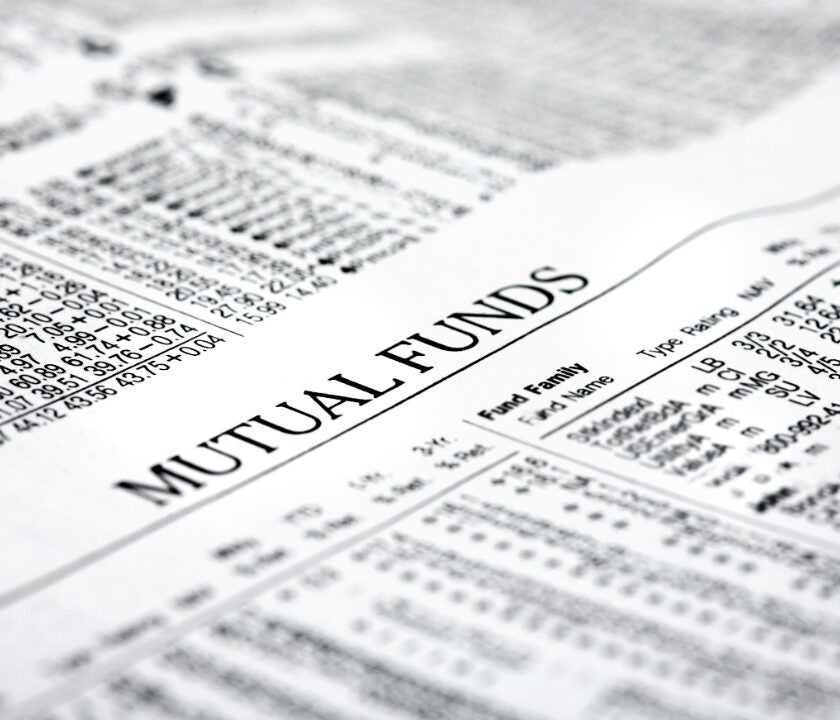ETFs – Are They A Safe Investment Option?

The beauty about mutual fund investing is that there are literally thousands of schemes to choose from. If you are new to investing, then you must determine your risk appetite which will help you take an informed investment decision. Once you know how much risk you can take with your finances, the next thing to do is choose a scheme that also aligns with your investment objective. It is essential to have the investment horizon as every scheme needs a certain amount of time to show its true potential.
The primary reason why mutual funds are favored by investors is because they invest in a diversified portfolio of securities. Mutual funds are largely categorized as actively managed funds and passively managed funds. Actively managed funds are those mutual fund scheme that has the direct involvement of the fund manager. Here, the fund house as well as the fund manager use their expertise to build a portfolio of securities that will help the scheme earn capital appreciation. On the other hand, passively managed funds do not have any active participation of the fund manager. These funds mimic the performance of their index, commodity, benchmark, asset class etc. ETFs are passively managed funds.
According to SEBI, the regulator of mutual funds, securities and commodities in India, an exchange traded fund “is an open ended scheme which replicates/tracks the particular index. Of the total assets, this fund must invest a minimum of 95 per cent in securities of a particular index (which is being replicated or tracked)”.
Benefits of investing in ETFs
Unlike actively managed funds where the performance of the scheme is at the fate of the fund manager, those who invest in ETFs have complete control over their portfolio. Since ETF units are traded at the exchange just like any other mutual fund scheme, investors need to have a demat account. Once you buy ETF units, they will be stored in the investor’s demat account. ETFs offer immense liquidity as investors can sell their units at the exchange when the markets are open, and the money is transferred to their linked savings account.
Since the fund manager doesn’t play any exclusive role in choosing stocks or securities for ETFs, the expense ratio of ETFs is low. This might actually be good for investors as in the long run, a high expense ratio bearing scheme might eat you their capital gains.
What are the risks of investing in ETFs?
ETFs do not offer active risk management. Their expense ratio might be low, but this means the investor is solely responsible for the performance of their portfolio. Investors usually invest in mutual funds because they do not carry the required knowledge to invest in direct equities. An exchange traded fund usually mimics the performance of its benchmark / commodity. There’s very little diversification and this might not be favored by every individual.
ETFs invest in the equity market, thus making them a high volatile investment. Returns from ETF investments aren’t guaranteed. Investors can even lose out on their investment amount if they traded their ETF units frequently. ETF funds require investors to remain invested for the long run. Hence, it is essential to ensure that you have at least 5 years in hand while investing in ETFs. Historical returns from ETFs have generally helped investors with their goals but only when they remained invested for the long run.
Like any other mutual fund scheme, ETF is not entirely a risk free investment option. However, to maximize gains as minimize investment risk, investors are expected to continue investing for the long run.








